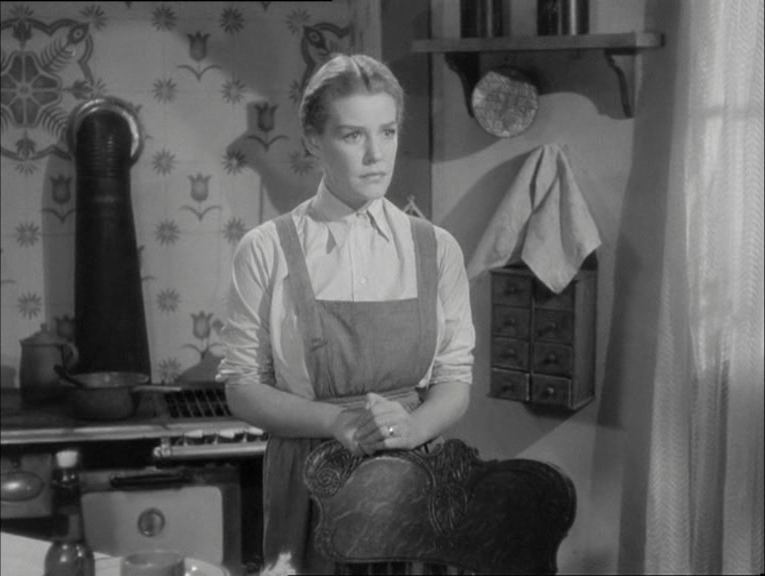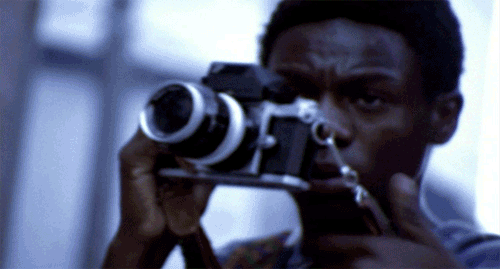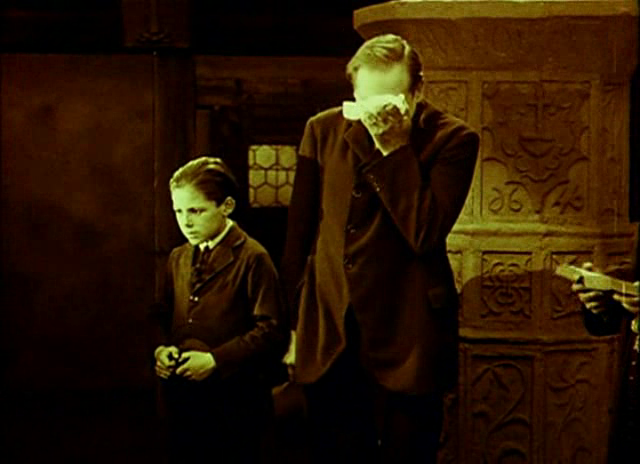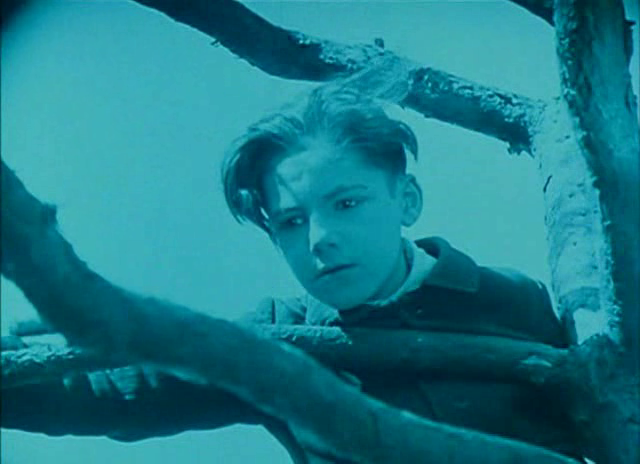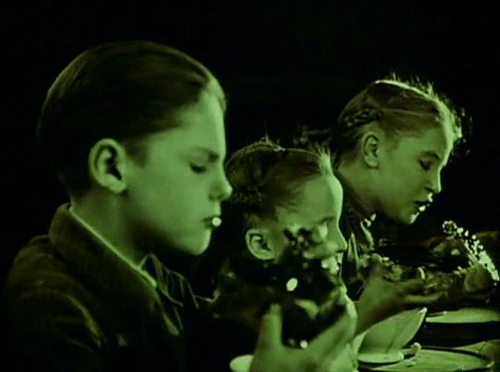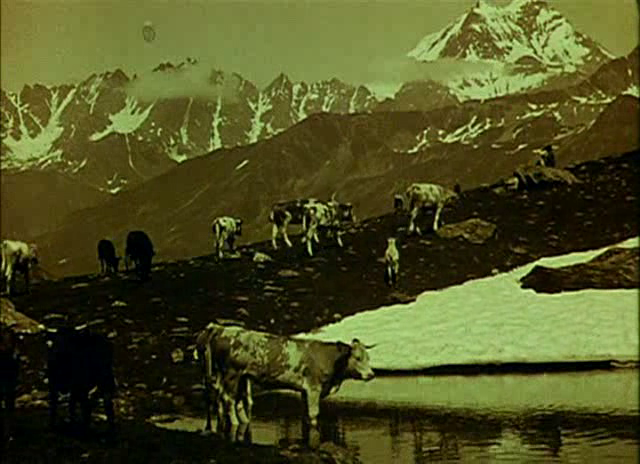ESTA CRÍTICA TEM SPOILERS
THIS ARTICLE HAS SPOILERS
A guerra mais violenta, degradante e mortal de todas começou em 1939,
mas os horrores já estavam acontecendo há anos na terra de Hitler. Os nazistas
chegaram ao poder na Alemanha em 1932, quando se tornaram o partido majoritário
do Reichstag - o Congresso alemão. No ano seguinte, 1933, o primeiro campo de
concentração foi aberto. Dachau serviu como local para enviar presos políticos
antes de os judeus serem escolhidos como principal alvo do ódio nazista. Mesmo
que campos de concentração já existissem desde o século XIX - quando
colonizadores europeus construíram campos na África para eliminar a população
local - estes lugares de extermínio são comumente associados à Segunda Guerra
Mundial.
The most violent, degrading and mortal war of them all started in 1939,
but the horrors were already happening for years in Hitler’s land. The Nazis
came to power in Germany in 1932, when they became the largest party in the
Reichstag - the German Congress. The following year, 1933, the first
concentration camp opened. Dachau served as a place to keep political prisoners
before Jews were chosen as the main target for the Nazis’ hate. Even though
concentration camps existed since the nineteenth century - when European
colonizers built those camps in Africa to kill the locals - these places for
extermination are often associated with World War II.
“A Sétima Cruz” é a história de sete prisioneiros que, em 1936, fogem do
campo de concentração fictício de Westhofen. Entre eles está George Heisler
(Spencer Tracy), que quer reencontrar sua amada Leni (Kaaren Verne). No campo,
o comandante ordena que os outros prisioneiros ergam sete cruzes, nas quais ele
pretende crucificado cada fugitivo - depois de torturá-los, obviamente.
“The Seventh Cross” is the story of seven prisoners who, in 1936, escape
from the fictional concentration camp of Westhofen. Among them there is George
Heisler (Spencer Tracy), who wants to be reunited with his beloved girl, Leni
(Kaaren Verne). Back at the camp, the commander orders the other prisoners to
build seven crosses, where he intends to crucify each fugitive - after
torturing them, of course.
Enquanto isso, na cidade vizinha de Mainz, um amigo de George está
preocupado com ele. Franz Marnet (Herbert Rudley) procura pelo líder da
Resistência na cidade, e juntos eles conseguem passaportes falsos para George -
o único problema é que George acredita que Franz está em Berlim, e Franz não
faz ideia de onde George pode estar escondido.
Meanwhile, in the neighboring city of Mainz, a friend of George’s is
worried about him. Franz Marnet (Herbert Rudley) looks for the leader of the
Resistance in town, and together they get fake passports to give George - the
only problem is that George believes Franz is in Berlin, and Franz has no idea
where George could be hiding.
George encontra Leni em Mainz - a mesma Leni que prometeu esperar por
ele para sempre agora está casada e ameaça contar para seu marido que ela viu o
fugitivo. George não pode confiar em mais ninguém. Ele começa, assim como
Blanche Dubois, a depender da bondade de estranhos - primeiro uma costureira
(Agnes Moorehead) que é amiga de outro fugitivo, depois um médico judeu que
cuida de um ferimento de George e decide não entregá-lo às autoridades. Sim, há
oprimidos contribuindo com os opressores, mas ainda pode haver algumas pessoas
decentes entre os oprimidos, que sabem o tanto que sofrem e que não desejam o
mesmo destino para ninguém.
George finds Leni in Mainz - the same Leni who promised to wait for him
forever is now married and threatens to tell her husband that she saw the
fugitive. George can’t trust anybody anymore. He starts, like Blanche DuBois,
depending on the kindness of strangers - first a dressmaker (Agnes Moorehead)
who is friends with another fugitive, then a Jewish doctor who treats George’s
wound and decides not to report him to authorities. Yes, there are oppressed
people siding with the oppressors, but there may still be a few decent ones
among the oppressed, who know what they’ve been through and won’t want the same
fate to anybody.
Membros histéricos da Juventude Hitlerista tomam uma vila e invadem
casas em busca de um fugitivo. Para algumas pessoas, ver um homem ser caçado
por nazistas é como ver um evento esportivo. O povo comemora e um homem faz
piada quando o fugitivo - que felizmente não é George - é preso. Numa realidade
nazista, as melhores pessoas são os indiferentes: pelo menos eles não
contribuem para a desgraça de ninguém.
Hysterical members of the Hitler Youth go through the village and invade
houses looking for a fugitive. Watching a man being hunted by Nazis is like
watching a sports event for these people. The people cheer and a man makes a
joke when the fugitive - luckily, not our George - is arrested. In a Nazi
reality, the best people are the indifferent ones: at least they don’t
contribute to someone’s misery.
George tem de procurar por Rudolf Schenck no número 46 da Morgenstrasse
em Mainz. Quando ele chega ao endereço, uma vizinha o informa, com um sorriso
debochado, que Rudolf e a esposa haviam sido presos pela Gestapo. Essa vizinha
certamente informará à Gestapo sobre George - não há pessoas piores que as que
são como esta vizinha, incapazes de cuidar somente de suas próprias vidas e que
se enchem de prazer ao destruir os outros.
George has to look for Rudolf Schenck at 46 Morgenstrasse in Mainz. When
he arrives at the address, a neighbor informs him, with a mocked smile, that
Rudolf and his wife had been arrested by the Gestapo. This neighbor will
certainly talk to the Gestapo about seeing George - there are no people worse
than this neighbor kind, who can’t mind only their own business and feel
pleasure in destroying others.
George, perturbado, procura pelo velho amigo Paul Roeder (Hume Cronyn) e
sua esposa Liesel (Jessica Tandy). Paul é um cidadão comum: ele está feliz que
seu salário aumentou e obedece ao Führer quando ele ordena que as famílias
alemãs - só as famílias arianas, obviamente- tenham mais filhos. Ele está
preocupado com os fins, não com os meios. E daí que o país está produzindo
muito armamento e as minorias estão sendo sistematicamente eliminadas? A vida
dele melhorou, e isso é tudo que parece importar para ele. Felizmente, Paul
aceita ajudar o velho amigo - e eu posso estar sendo pessimista, mas não vejo
essas pessoas que preferem os fins aos meios ajudando os outros.
A disturbed George then looks for his old friend Paul Roeder (Hume
Cronyn) and his wife Liesel (Jessica Tandy). Paul is a common citizen: he is
happy that his wage increased and obeys the Führer when he says German families
- only the Arian ones, obviously - must make babies. He’s worried about the
ends, not the means. So what that the country is producing a lot of guns and
minorities are being systematically erased? His life got better, and that’s all
that seems to matter to him. Fortunately, Paul agrees to help his old friend -
I may be a pessimist now, but I don’t see those ends-over-means people helping
anyone.
Outro amigo de George, Bruno Sauer (George Macready), em um primeiro
momento se mostra demasiado covarde para ajudar, mas então se redime. Assim
como muitos outros, Bruno tem uma vida confortável - seu banheiro cheio de
espelhos é quase labiríntico- e aceita a situação porque ele tem medo de
arriscar tudo para fazer a coisa certa. George mais uma vez terá de depender de
estranhos, como o operário Fiedler (Paul Guilfoyle), o padeiro Poldi Schlamm
(Felix Bressart) e a garçonete Toni (Signe Hasso).
Another friend of George’s, Bruno Sauer (George Macready), is at first
too coward to help, but then redeems himself. Like many people, Bruno lives a
comfortable life - his bathroom full of mirrors is almost a labyrinth- and
compromises with the situation because he’s afraid to risk everything to do
something right. George once again will have to rely on strangers, like factory
work Fiedler (Paul Guilfoyle), baker Poldi Schlamm (Felix Bressart) and
waitress Toni (Signe Hasso).
Mesmo que a saga de George se pareça com um suspense, ficamos enojados e
alarmado com a história: afinal, é real, muitas pessoas passaram por
dificuldades inenarráveis depois de fugirem de um campo de concentração, não é
uma história inventada de detetive. E o mais terrível disso tudo é que você
fica tão acostumado com o mal que não consegue mais confiar em ninguém- eu não
conseguia confiar em nenhum personagem assim que ele aparecia, e por causa
dessa desconfiança a situação de George fica mais difícil.
As much as George’s saga looks like a thriller, we are more disgusted
and alarmed by the story: after all, it’s real, some people have been through
hell after escaping a concentration camp, it is not an invented detective
story. And the most awful thing in this whole tale is that you get so used with
seeing evil that you start trusting nobody - I couldn’t trust any character at
first, and because of these mistrust issues George’s situation gets harder.
A principal característica de um campo de concentração é que ele não é
uma prisão: as pessoas não precisam ser condenadas por um crime para serem
presas em um - elas apenas precisam ser consideradas perigosas ou repulsivas
por aqueles que detêm o poder para serem mandadas para um campo de
concentração. Eu não quero parecer demasiado dramática ou alarmista, mas todas
essas coisas não foram deixadas em um passado sombrio - elas estão acontecendo
novamente, agora. Imigrantes estão sendo separados de suas famílias em campos
na fronteira dos EUA. As pessoas estão comemorando a desgraça alheia. Empatia
está se tornando algo raro - porque quem não é alvo de discurso de ódio não
consegue se colocar no lugar de pessoas que são, e por isso nada é feito contra
o discurso de ódio. A esperança é cada dia mais difícil de ser mantida - mas “A
Sétima Cruz” nos mostra que uma centelha de esperança é suficiente para iniciar
a mudança. Ou, como escreveu uma menina naquela época:
“É difícil em tempos como estes: ideais, sonhos e esperanças permanecerem dentro de nós, sendo esmagados pela dura realidade. É um milagre eu não ter abandonado todos os meus ideais, eles parecem tão absurdos e impraticáveis. No entanto, eu me apego a eles, porque eu ainda acredito, apesar de tudo, que as pessoas são realmente boas de coração”.
Anne Frank
The main characteristic of a concentration camp is that it’s not a
prison: people don’t have to be found guilty of something to be imprisoned
there - they just need to be found as dangerous or repulsive by those in power
in order to be sent to a concentration camp. I don’t want to sound overly
dramatic or alarmist, but all those things weren’t left in a somber past - they
are happening again, now. Immigrants are being separated from their families in
camps at the US border. People are cheering at someone’s disgrace. Empathy is
becoming rare - because people who are not target of hate speech can’t put
themselves in the places of people who are, therefore they do nothing against
the hate speech. Hope is harder and harder to maintain - but “The Seventh
Cross” shows us that one spark of hope is enough to start change. Or, as a girl
wrote back then:
“It's difficult in times like these: ideals, dreams and cherished hopes rise within us, only to be crushed by grim reality. It's a wonder I haven't abandoned all my ideals, they seem so absurd and impractical. Yet I cling to them because I still believe, in spite of everything, that people are truly good at heart.”
Anne Frank
This is my contribution to the World War II blogathon, hosted by Maddy
and Jay at Maddy Loves Her Classic Films and Cinema Essentials.


